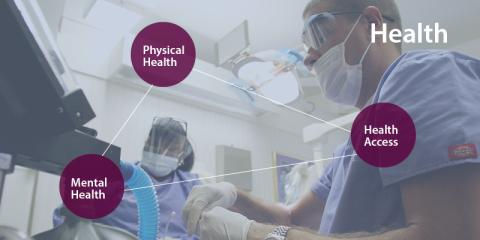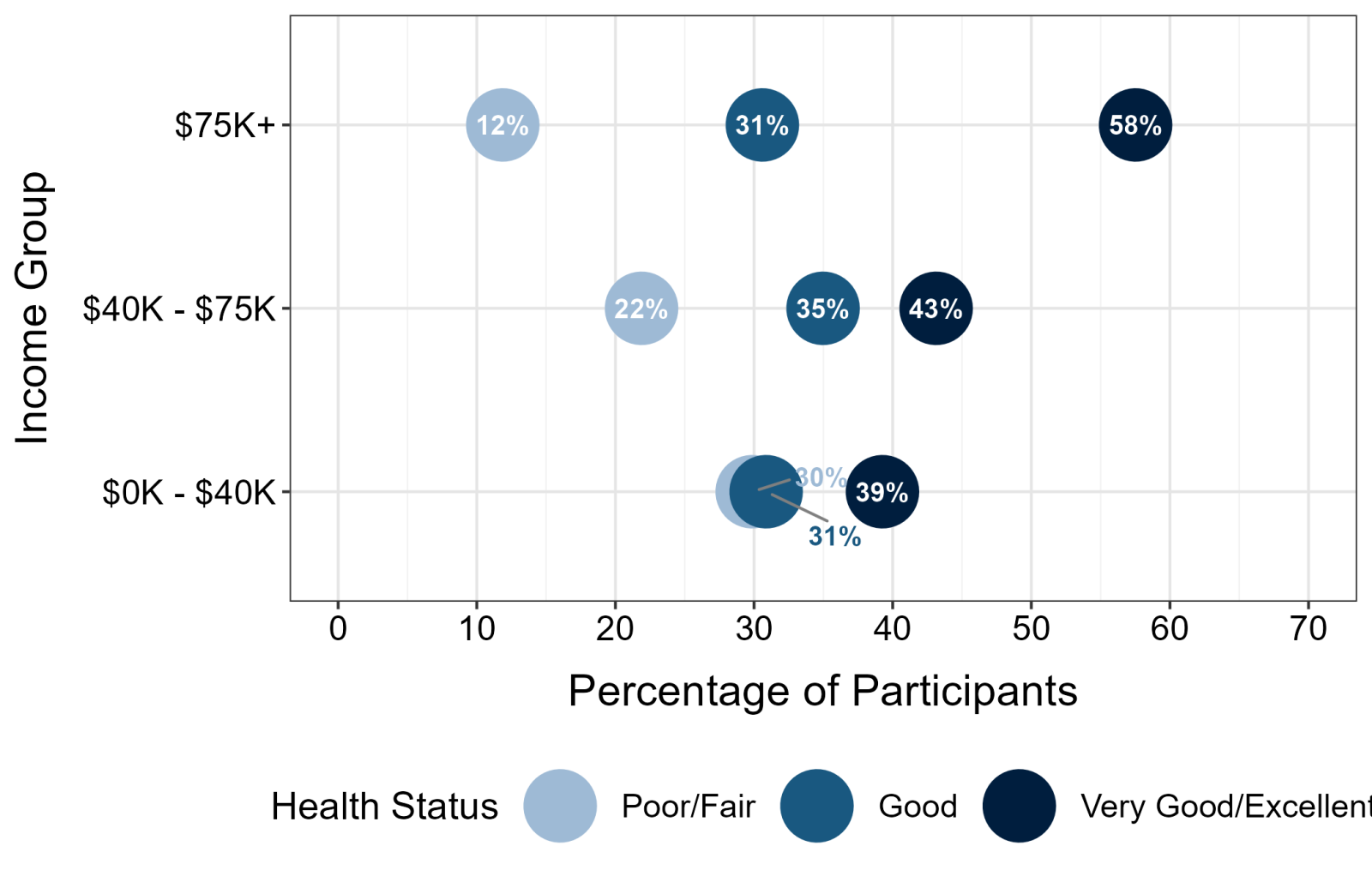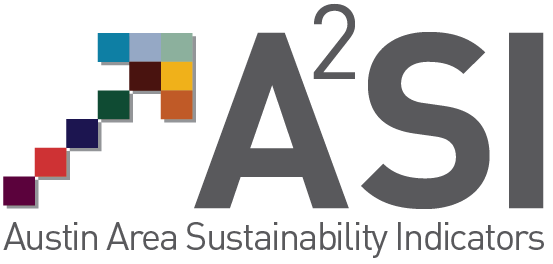Health

Promoting healthier communities is enhanced by data on the health status of the population and information on a range of factors that can influence health outcomes. The health section identifies critical trends in the health and well-being of Austin area residents. Within a sustainability view, people’s basic personal needs, such as health, must be at the core of a sustainable region. It is difficult to focus on environment, equity, and civic engagement if people’s basic health needs are not satisfied. As we will see in this section, health indicators in the Austin area are highly dependent on social, economic, and geographic factors. Some key health indicators include: reported health status, affordability and access to healthcare; health insurance coverage, and mental health services.
Key Indicators
Ratio of Primary Care Providers
Bastrop and Caldwell counties continue to have fewer primary care physicians than the state as a whole, or other counties in the Austin Area. The state and federal government have identified Bastrop and Caldwell as having an acute shortage of primary health care personnel.
Dental Health
According to the 2018 A2SI Community Survey, approximately 27% reported not geting dental because of cost, availability, or accessibility.
Key Indicators
Physical Health

In 2024, 51% of residents reported that their health was very good or excellent, 31% said good, and 18% reported poor or fair health. The percent reporting very good / excellent health has decreased over time, with a steep decline from 2015 to 2020 (55% to 46%), though the number is increasing.
Health Status by Household Income

Household income is a significant driver of health status. Households making less than $40,000 per year are more likely to report poor or fair health, while households making above $75,000 are more likely to have very good or excellent health status.
Health Insurance Access
Although access to health insurance has improved since the passing of the Affordable Care Act, many Austin Area residents still go without it. In our 2024 survey, only 77% of Hispanic residents reported health insurance coverage, compared to Black (87%) and White (90%) residents. Households making less than $40,000 per year are less likely to have health insurance coverage (74%) compared to those making between $40,000 to $75,000 (79%) or above $75,000 (93%).
Access to Medical Care
33% of participants making less than $40,000 per year reported they were unable to get medical care at some point in the last 12 months, compared to only 12% of households making over $75,000. We also observe differences across race and ethnicity, with 28% of Hispanic participants reporting difficulty accessing medical care compared to 22% of Black participants, 13% of White participants, and 21% of participants who identify as a different race or ethnicity.
Access to Mental Health Services
Participants were asked whether they had difficultly accessing mental health services over the last year. 18% of Hispanic participants responded yes, along with 8% of Black and 16% of White respondents. Income disparities are present for mental health services as well, with 26% of those making less than $40,000 per year reporting difficulty. 54% of those identifying as Transgender or non-binary reported difficulty, compared to 15% of males and 18% females.

